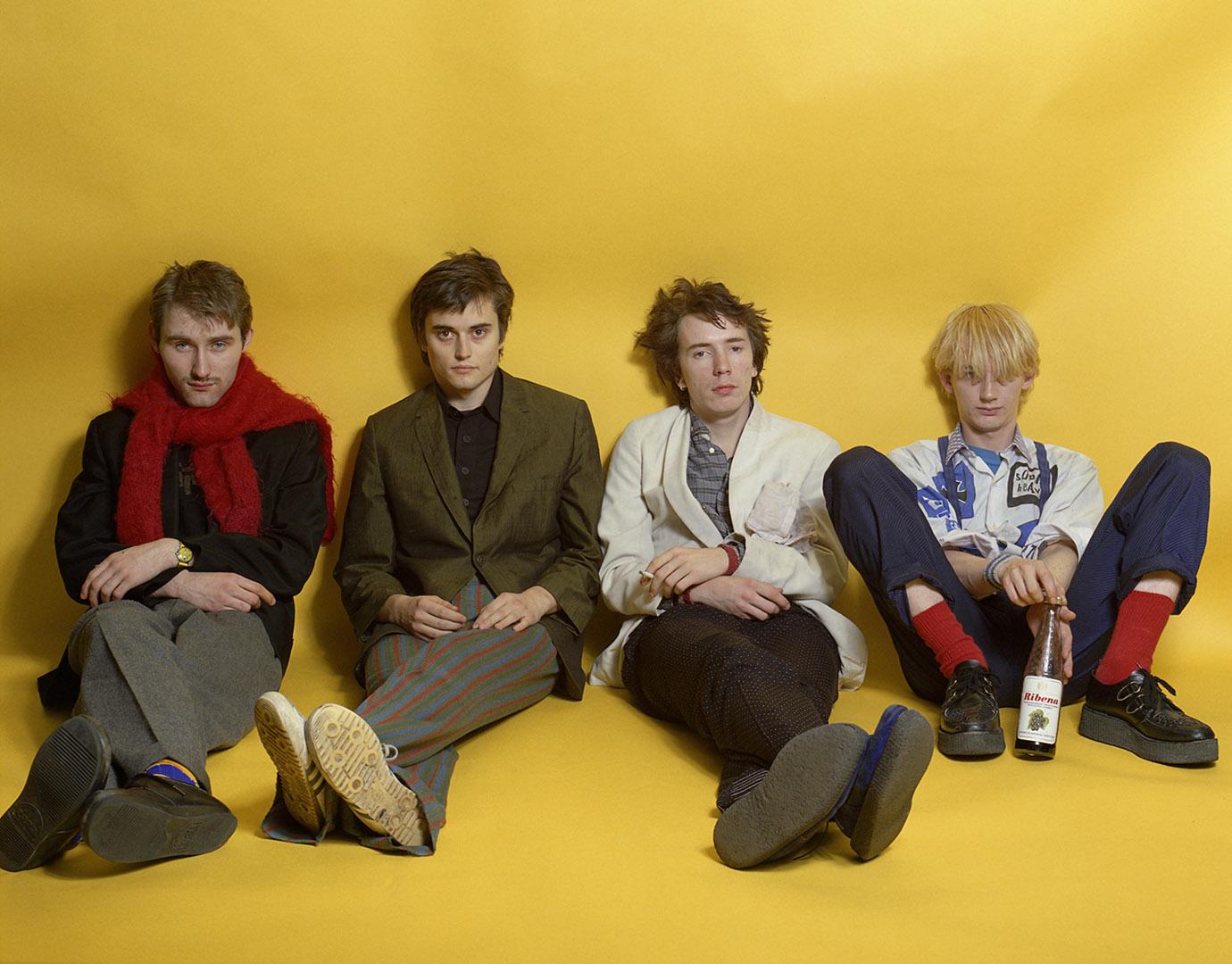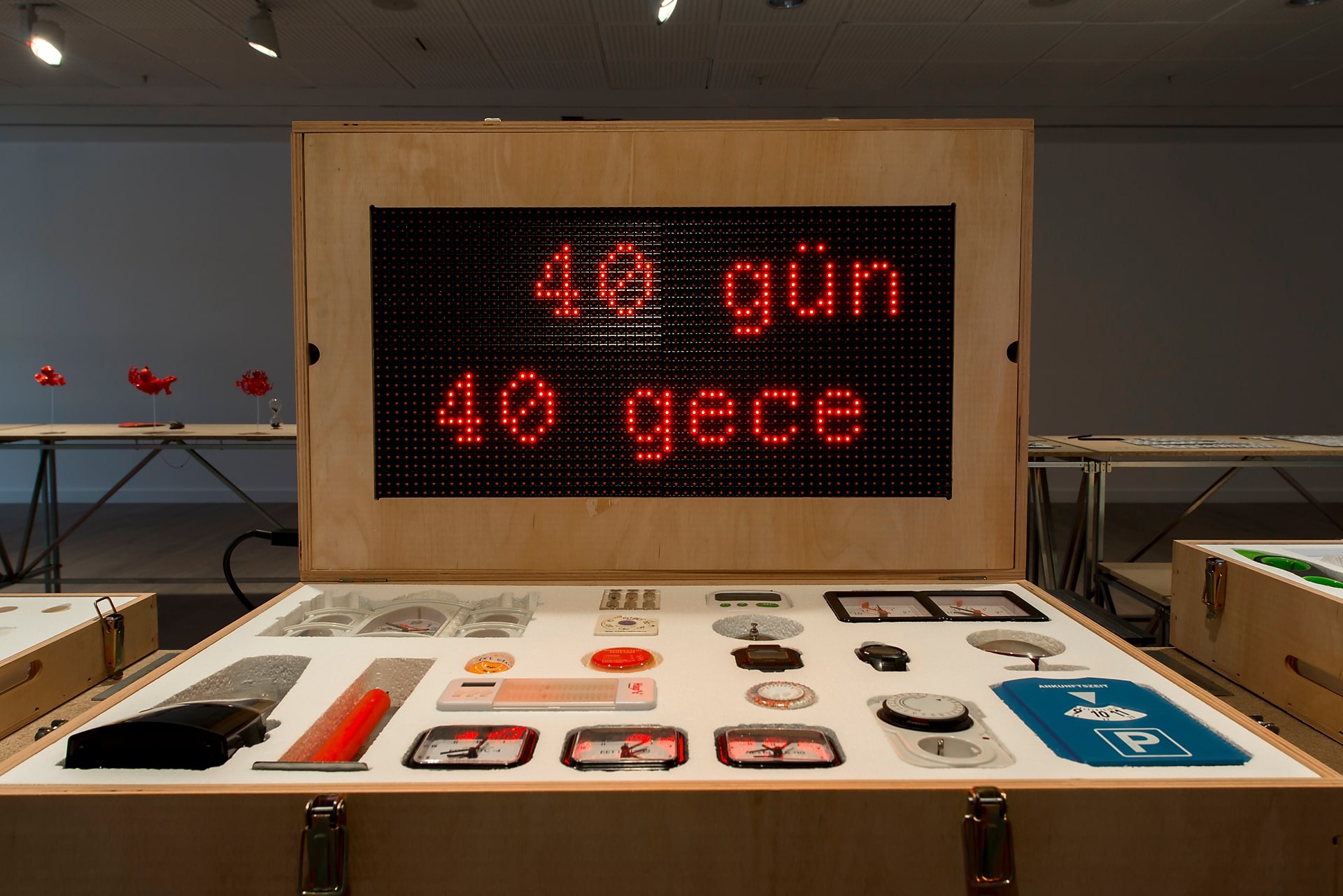Director: Biene Pilavcı
Germany, 2012, 98', color
Danish with Turkish subtitles
This sweeping visual investigation was prompted by the question, "After many years of hatred and extreme violence in our family, can my four siblings and I manage to forge sound relationships with other people, even though our parents and their parents before them were unable to?" Biene Pilavci deftly manoeuvres between the cliffs of contradictory certainties in her film. On the one hand there is the burden of the family we are born into and whose weight we are forced to carry, on the other hand there is the freedom to make decisions for oneself (or others), not resigned to fate but following one's own inner compass. The longer you watch it, the more it seems as if "Dancing Alone" wasn't planned at all but more or less happened to all those involved -- an open-ended experiment. "I doubt whether this is a good thing", says the director, "but I guess it had to happen."
Trailer

Canadian artist Marcel Dzama shares five albums he listened to most frequently while preparing his exhibition Dancing with the Moon at Pera Museum. Spanning from post-punk depths to subtle folk tones, this list offers a glimpse into the sounds that shape his visual world.

Pera Museum presented a talk on Nicola Lorini’s video installation For All the Time, for All the Sad Stones, bringing together the artists Nicola Lorini, Gülşah Mursaloğlu and Ambiguous Standards Institute to focus on concepts like measuring, calculation, standardisation, time and change.
Tuesday - Saturday 10:00 - 19:00
Friday 10:00 - 22:00
Sunday 12:00 - 18:00
The museum is closed on Mondays.
On Wednesdays, the students can
visit the museum free of admission.
Full ticket: 300 TL
Discounted: 150 TL
Groups: 200 TL (minimum 10 people)